

Josh Nevett
CarExpert's top five large SUV reviews of 2025
3 Days Ago
The new Nissan Pathfinder family SUV has been a long time coming, and as you'd expect it's a huge improvement.
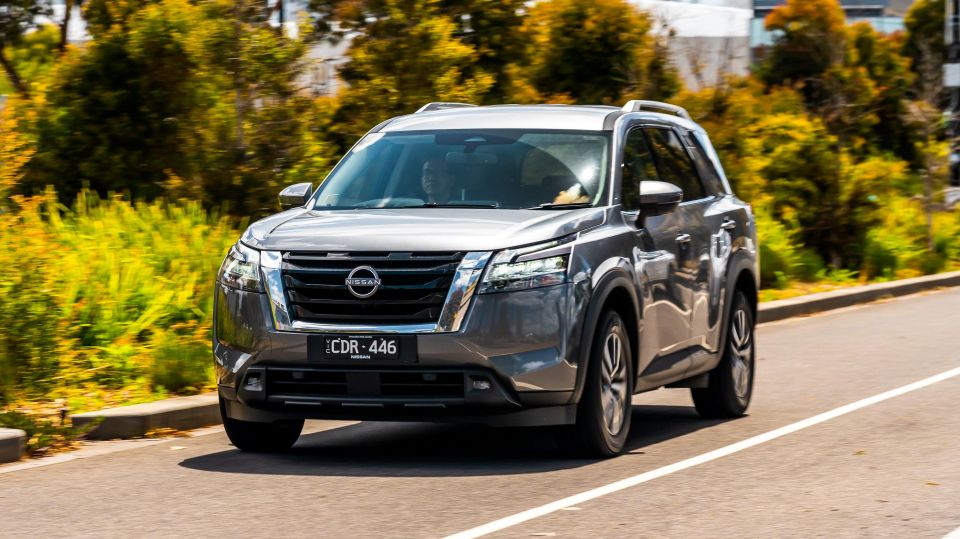
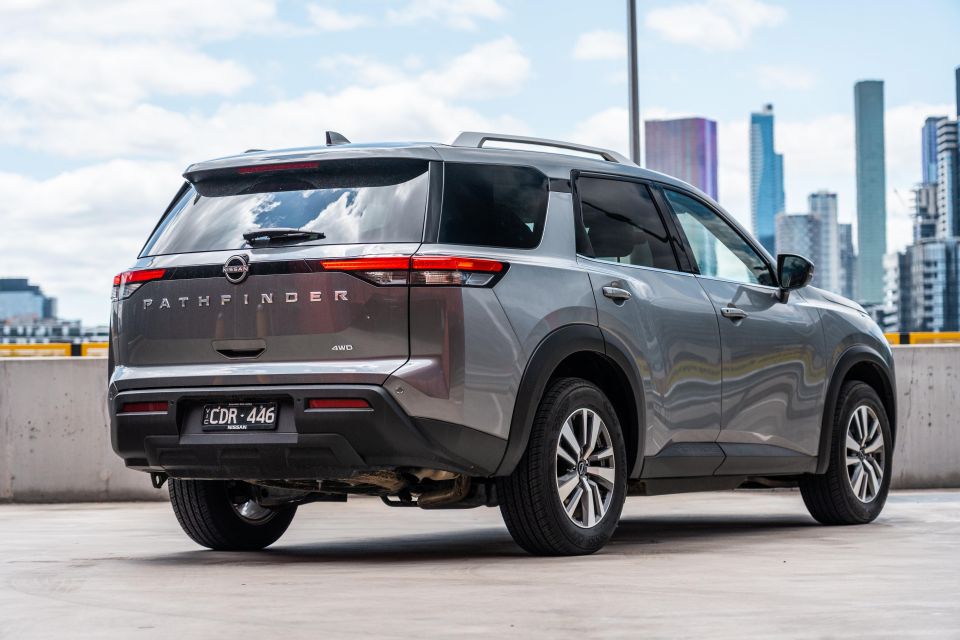

Quickly see how this car stacks up against its competition. Select any benchmark to see more details.
Where expert car reviews meet expert car buying – CarExpert gives you trusted advice, personalised service and real savings on your next new car.
The Nissan Pathfinder nameplate goes back decades in Australia, with the fifth-generation model reviewed here going on sale in late 2022.

Like its direct predecessor, this latest Pathfinder is a three-row SUV focused on the school run and family holidays, though it has been designed to look somewhat rugged and capable.
In that sense it goes up against fellow big rigs such as the Toyota Kluger, Mazda CX-9 and Hyundai Palisade, although there’s cross over with some of the more refined off-road-capable offerings such as the Ford Everest and Jeep Grand Cherokee.
Like the Kluger, the new Pathfinder is built for the Australian market in the United States rather than Japan, and it only takes a glance at its design to see the US-market focus.
I know it’s subjective, but I think it looks great, with a ton of road presence especially from the rear with its wide light bar and bold lettering.
Originally, there were four Nissan Pathfinder variants to choose from, with our Ti version on test sitting one rung from top below the Ti-L and above the ST and ST-L, but the brand recently axed the lower versions for the time being.
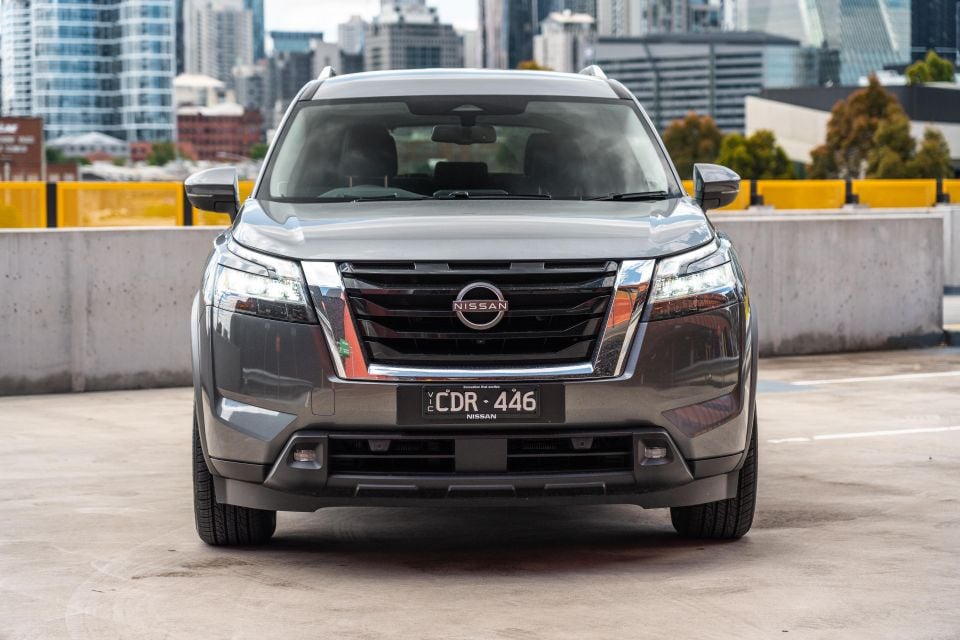
As such the entry price is now $71,490 for the all-wheel drive (AWD) Pathfinder Ti driven here – before on-road costs – which is also a around $1000 dearer than it was at launch.
The price calculator on Nissan’s website at the time of publish advises drive-away pricing of around $77,550 in Victoria.
Obvious competitors include the Hyundai Palisade Elite, Mazda CX-9 GT and Toyota Kluger Grande.
For those wanting something a bit more capable off-road there’s the Ford Everest Sport or (more expensive) Jeep Grand Cherokee L Night Eagle.

2023 Nissan Pathfinder pricing:
Prices exclude on-road costs
Buy your new car without the stress. It's fast, simple and completely free.

Great service from Travis and team, second time I have used this business would not hesitate to recommend them to anyone
Craig C.
Purchased a Ford Ranger in Sunshine Coast, QLD
CarExpert helped Craig save thousands on his Ford Ranger, now let us save you on your next new car.
Find a dealThe old Pathfinder’s interior was plush and spacious, but by the end of its life felt incredibly dated.

This all-new model rectifies the majority of these issues. The Ti comes loaded with luxury features, though the Pathfinder Ti-L comes even better equipped and is reviewed here.
Nissan’s new steering wheel design looks sharp, and it’s trimmed in high-quality leather with tasteful stitching. The buttons (audio and trip computer on the left spoke, driver assist and phone functions on the right) are situated intuitively.
Those leather-trimmed front seats are very cushy and comfortable, and heated for both front occupants, although it’s worth noting the front passenger has to move their seat manually.
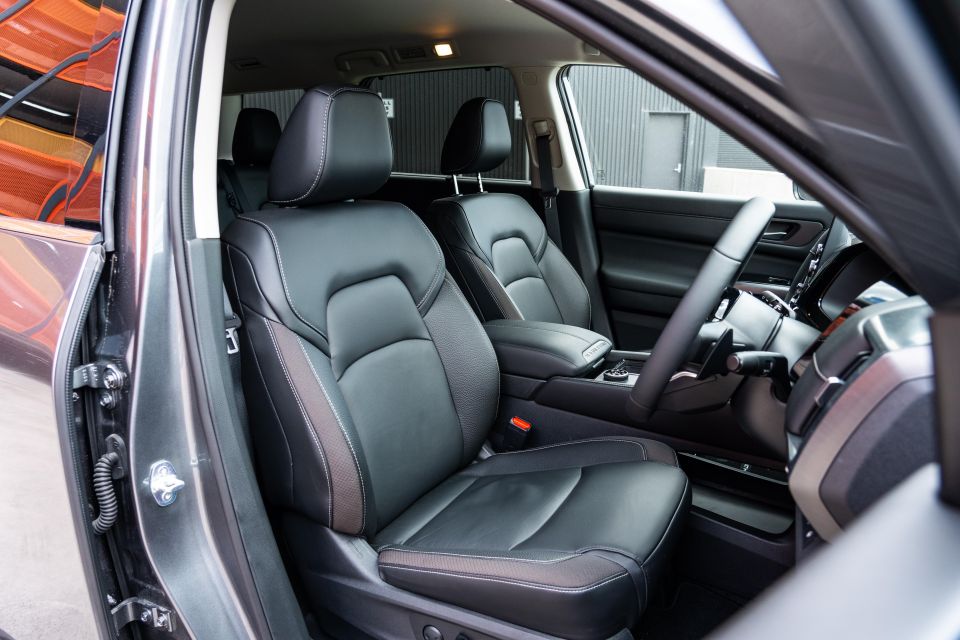
The Ti comes with a proximity key which you can leave in your pocket, and button start. The door armrests and centre console are super soft and padded, so your arms have somewhere comfortable to sit.
Overall the fit-and-finish as well as material quality feels suitable to a $70,000-plus SUV.
While the Ti-L adds a large all-digital display, the Ti grade makes do with an analogue speedo and tacho with a smaller screen between them. That’s a bit of a shame, since Nissan’s new fully digital dash is brimming with features and has sharp graphics.
It is, however, augmented by a head-up display projecting driver information such as speed onto the windscreen.

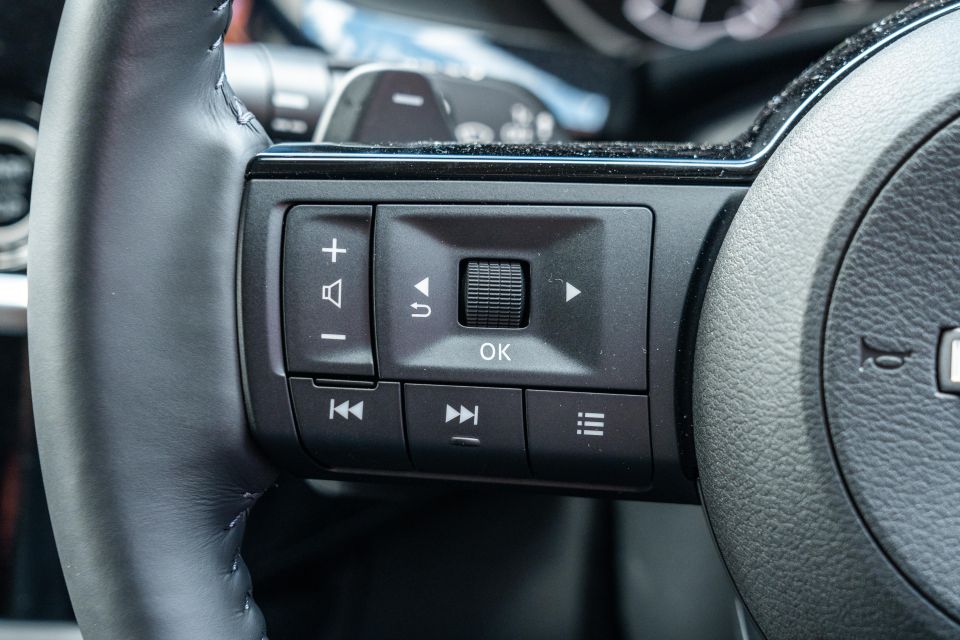
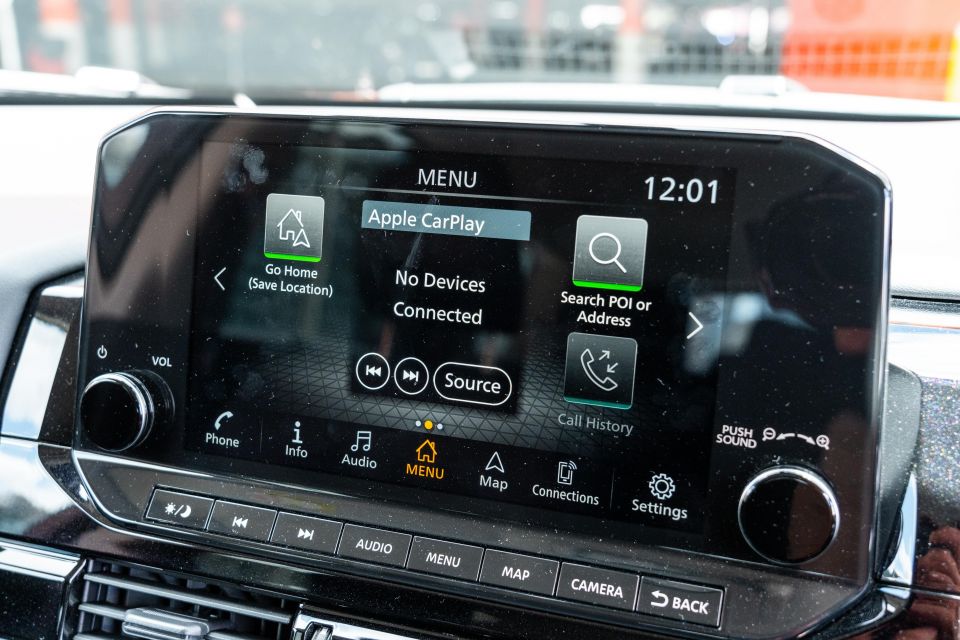
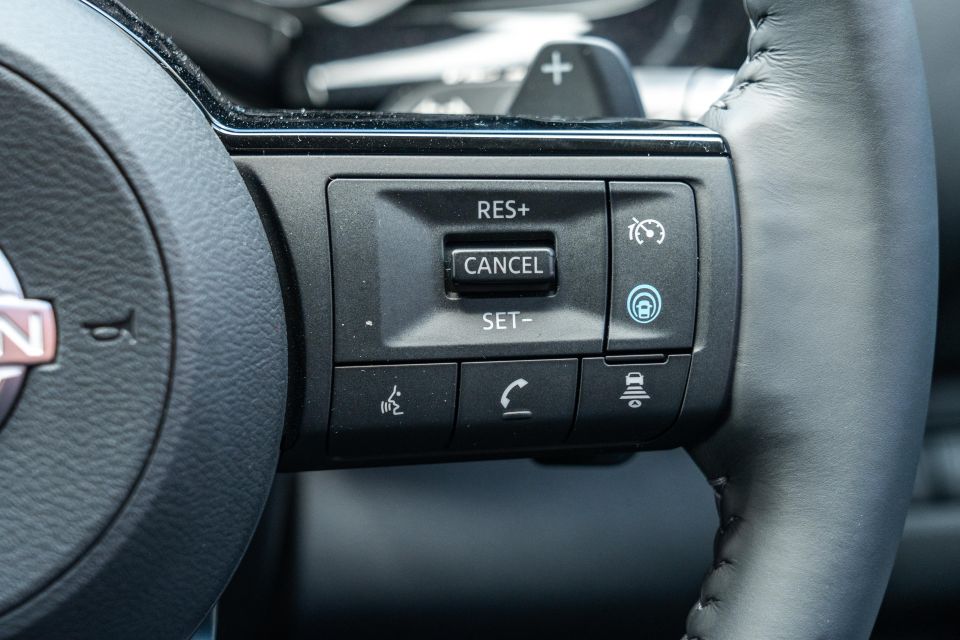
On the topic of displays, the 9.0-inch centre touchscreen (hardware shared with the Mitsubishi Outlander) is a bit if a disappointment, considering the smaller and cheaper X-Trail and Qashqai can be ordered with a bigger 12.0-inch unit running a nicer user interface.
On the plus side it loads fairly quickly and has good quality maps, as well as Apple CarPlay (wireless) and Android Auto (wired). It also offers AM/FM/DAB radio and a 360-degree camera display of middling resolution. This is a big SUV, so extra visibility always helps.
Note the helpful shortcut buttons below which are simpler to use when on the move. Below this are the vents, and the climate control buttons and dials. Under that are USB-A and USB-C ports, a 12V socket, and a wireless charging pad.
If I have a criticism, it’s the over-use of glossy black plastic framing the centre fascia, which is a magnet for dust, scratches and sun glare.
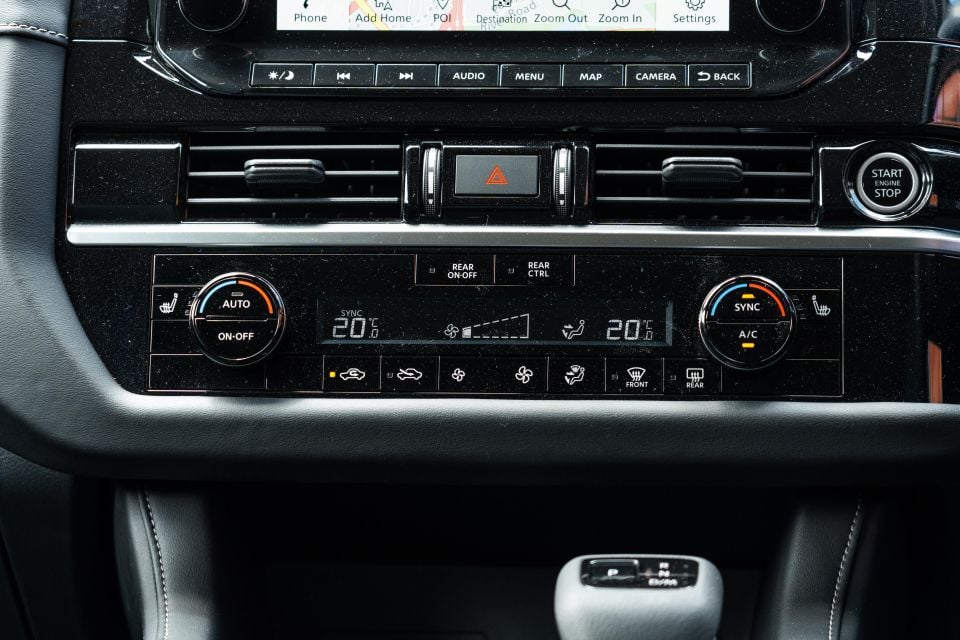
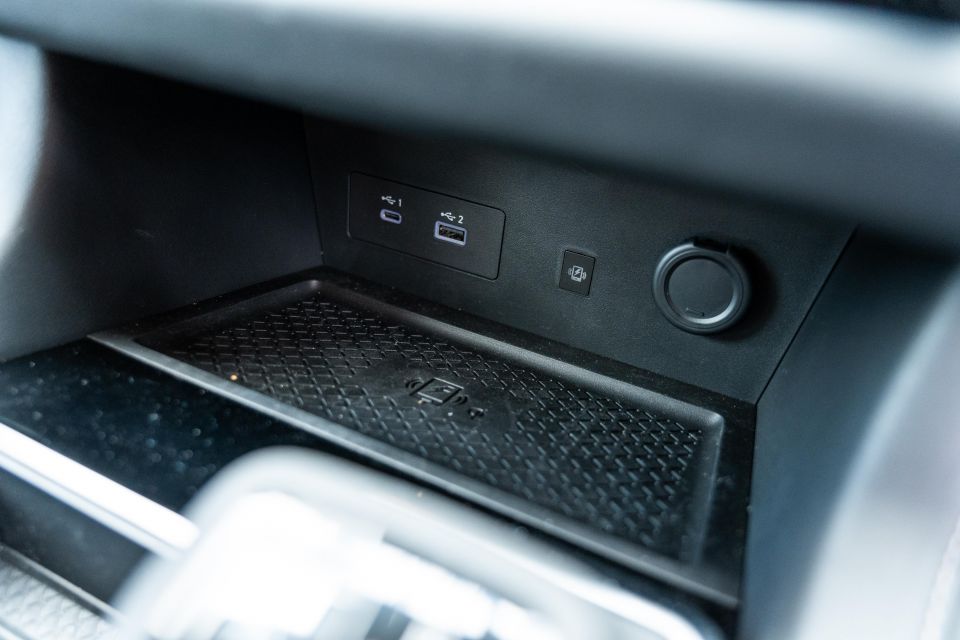
Storage options up front include toothed cupholders, big door bins, a deep console, a grippy open area above the glovebox, some stowage under the centre tunnel, and a sunglasses cubby in the roof.
The shift-by-wire gear shifter is compact, and sits ahead of the electric park brake switch and Auto Hold button, and a rotary dial with various driving and terrain modes which we’ll discuss in a minute.
If you’re looking for a proper adult-friendly second row, then the Pathfinder delivers.
The rear bench seats three across (unlike the Ti-L with its two captain’s chairs), and when we say three, we mean with headroom and legroom suited to adults. There are two ISOFIX points and three for top tethers.
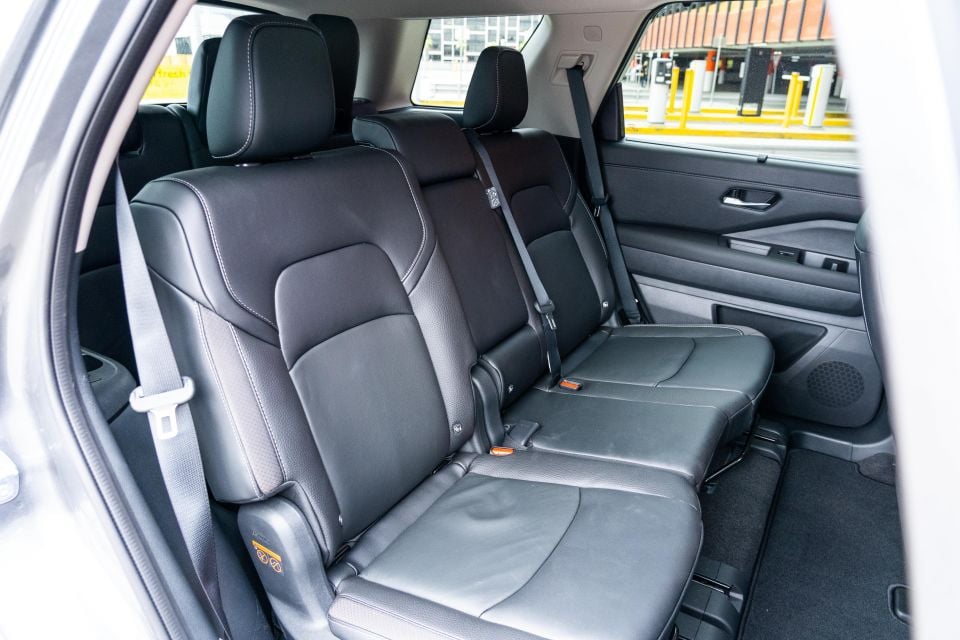
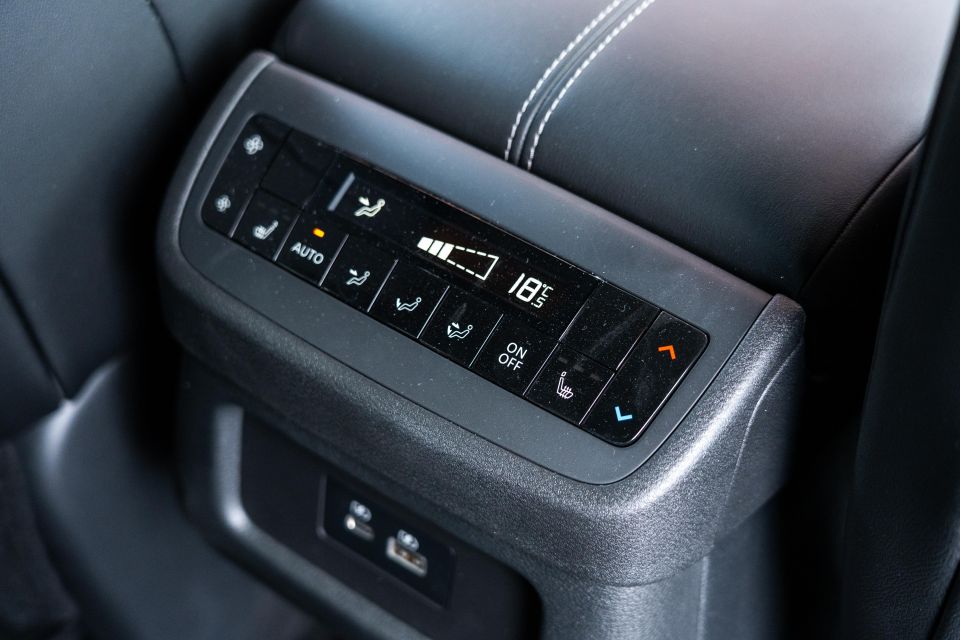
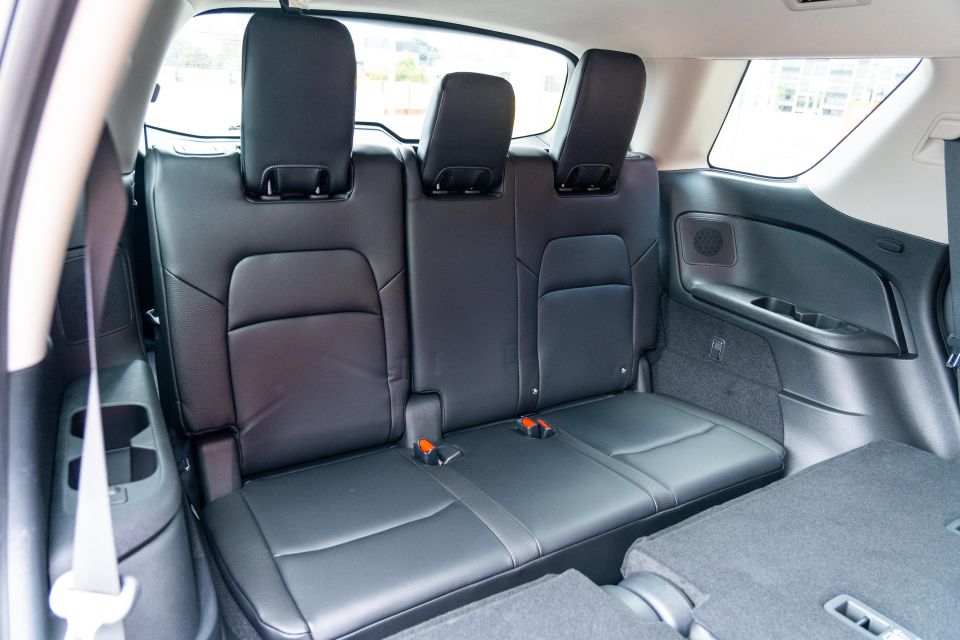
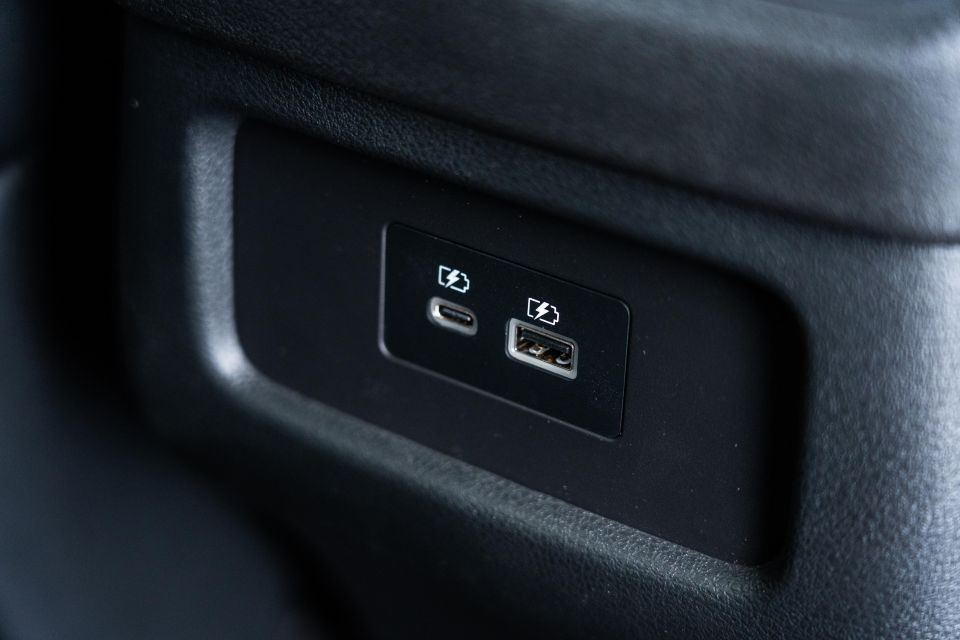
The back doors also open a wide 85 degrees to help you buckle up the kids, and the bench’s height reduces strain on your back.
Features include heated outboard seats, air vents, separate temperature and fan controls, cup holders, window blinds, and USB-A and USB-C ports.
Access to the third row – comprising three seats and one ISOFIX point – is easy thanks to a button on the base of the kerbside middle-seat portion (60:40 split) which causes it to tilt and slide.
These rearmost rows are typically best left to teenagers or younger, though you can slide the middle-seat row forward to free up legroom in the rearmost spots. Headroom back there is quite reasonable actually, and the side windows let in plenty of light.

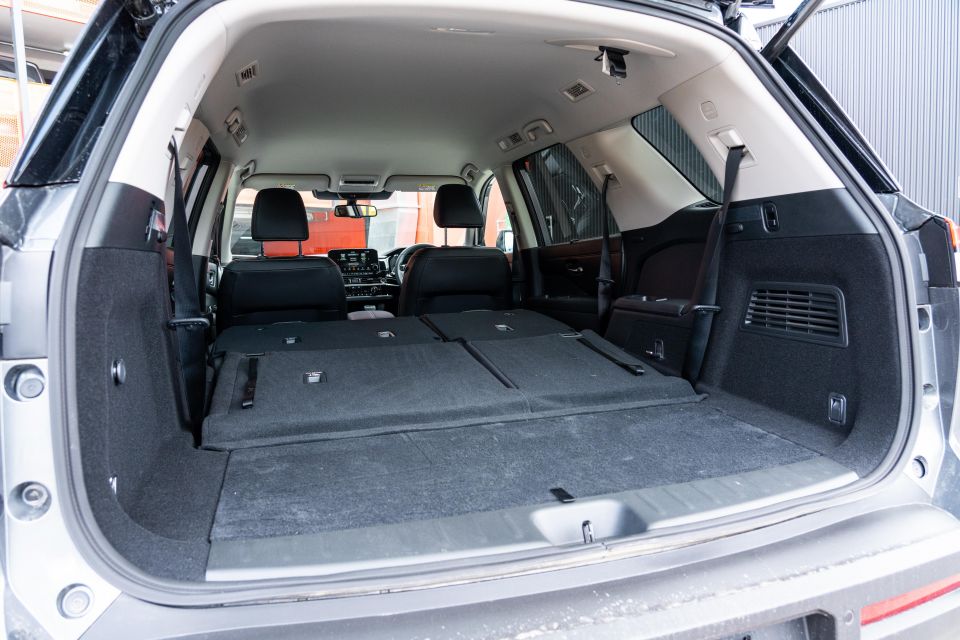
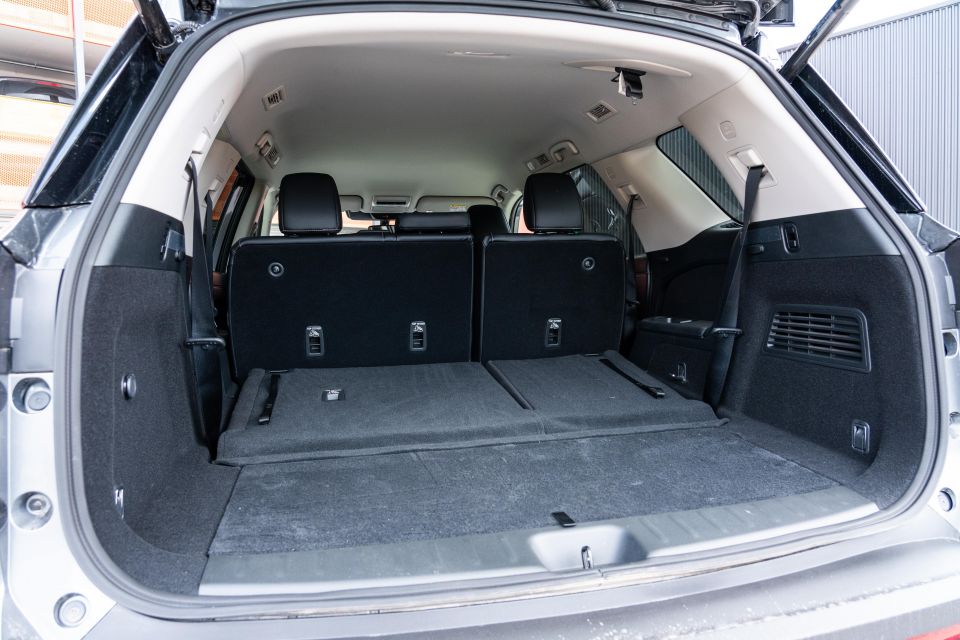
All three rear occupants get adjustable headrests, and there are third-row vents, cupholders, a single USB port, and curtain airbags that cover all three rows – not all seven-seater SUVs have this lattermost feature.
Boot space with all eight seats in use is 205 litres but there’s a helpful hidden bin below the loading floor, growing to 554L with the third row seats folded into the floor.
You can also fold the middle row down, turning the Pathfinder into a two-seater with a vast cargo area. How big? I put a 2.1m ladder in there.
A 3.5-litre naturally-aspirated V6 producing 202kW of power (6400rpm) and 340Nm (4800rpm), mated to a nine-speed automatic transmission.
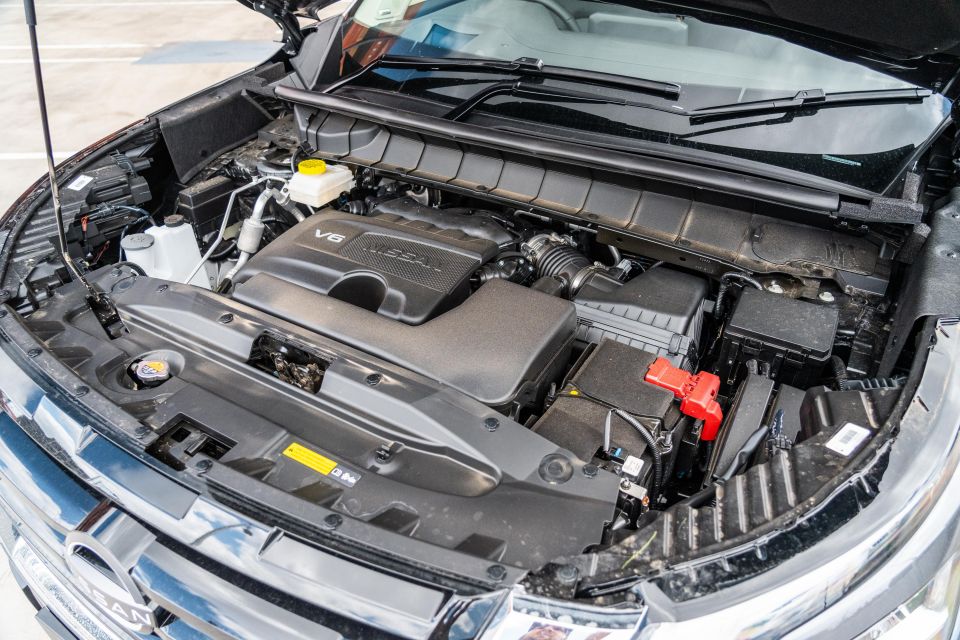
Our test vehicle is equipped with on-demand AWD, with a range of specific terrain modes. This is now the sole drivetrain layout following the recent streamlining of the line-up.
There are no hybrid or diesel offerings unlike many competitors – the former suited to more efficient urban driving and the latter better for towing and long trips.
Towing capacity is listed as 2700kg with a braked trailer, which is up there among its similarly car-like competitors – for instance the Kluger and CX-9 are each capped at 2000kg.
Nissan claims combined-cycle fuel efficiency of and 10.5L/100km, with a 71L fuel tank.
Its North American focus explains the fitment of a naturally-aspirated V6 as the sole engine option.
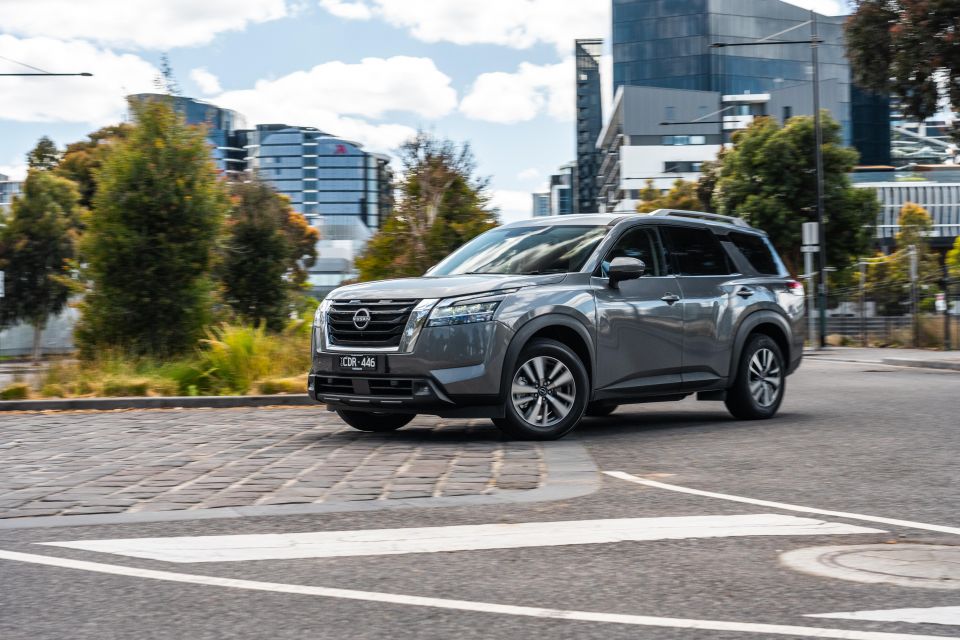
Nissan has always made great V6 engines (anyone who’s driven a ’90s Maxima knows that) and this is a pretty good example – quiet when running, with plenty of raspy punch once you’re in its torque sweet-spot.
Our 8.1-second 0-100km/h time is good for a 5.0-metre long and 2000kg SUV, as is the 5.4-second 80-120km/h time.
That said, you need revs to get the best rolling response from it, since it lacks a diesel’s (or a turbo-petrol’s) low-end muscle.
Good thing then, that the nine-speed torque-converter auto proved generally pretty decisive when kicking down. The old Pathfinder’s CVT had an iffy reputation, so we’d note here that it’s gone.

While claimed fuel economy is 10.5L/100km, we averaged 11.6L/100km on our mixed route; reasonable all things considered, but the fuel bills will add up. This is about double what a Kluger Hybrid uses.
The on-demand reactive AWD biases the front wheels as much as it can, but shuffles torque to the rear under heavy acceleration or on slippery surfaces.
There are also various driving modes that change things like the throttle response and traction control, called Sport, Snow, Tow, Sand, Mud/Rut, and Eco.
While Nissan talks up the soft-roading abilities of the Pathfinder, this is still a car-like crossover with 179mm of ground clearance, not some ladder-frame off-roader like the two-generation-old ‘Pathie was.
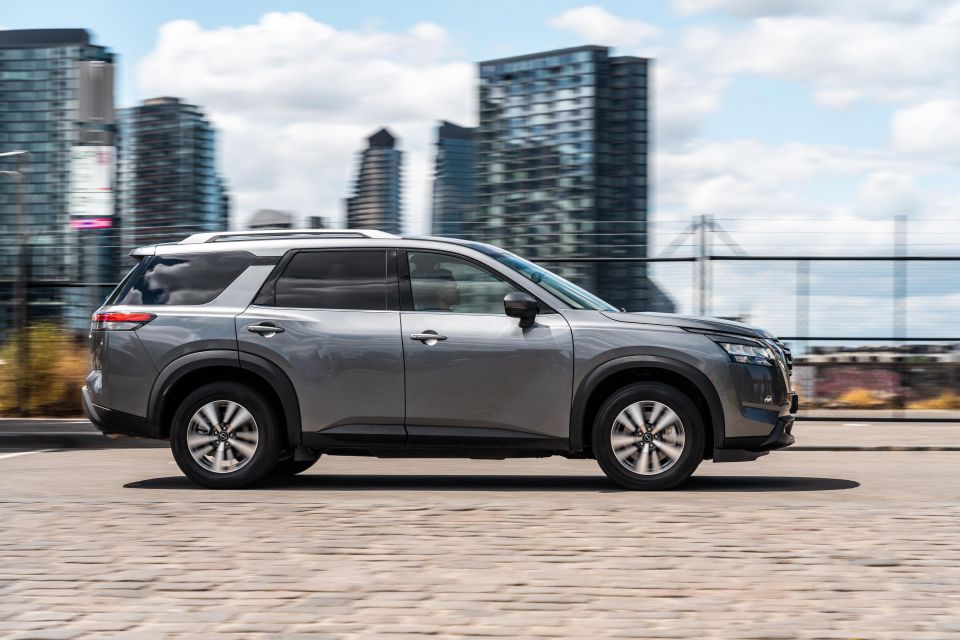
Where expert car reviews meet expert car buying – CarExpert gives you trusted advice, personalised service and real savings on your next new car.
For such a big beast the Pathfinder rides and handles reasonably, with a slightly firm ride to tamp down on body roll.
Unlike the Ti-L on its 20-inch wheels, the Ti runs 18s with more tyre sidewall, taking the edge off small, sharp road bumps.
In terms of driver assists, the lane-keeping aid worked effectively on our high speed bowl, except at higher camber, steering us between the clearly painted lines.
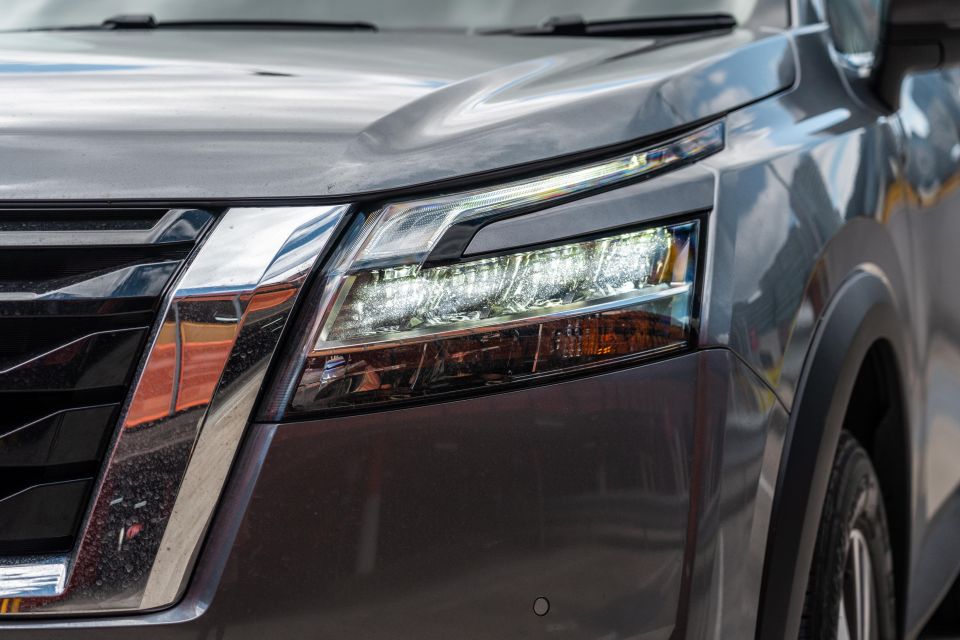

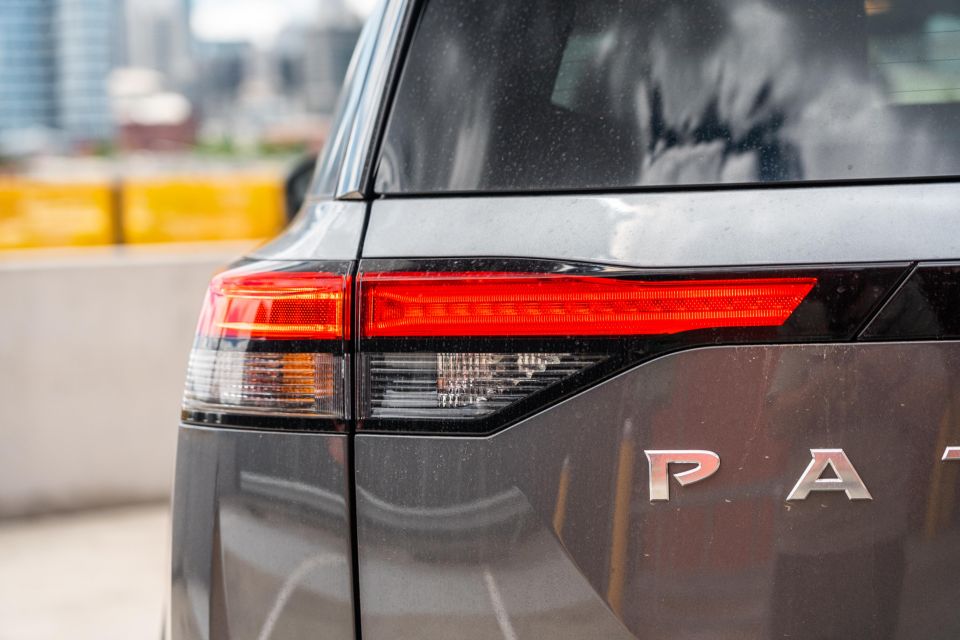
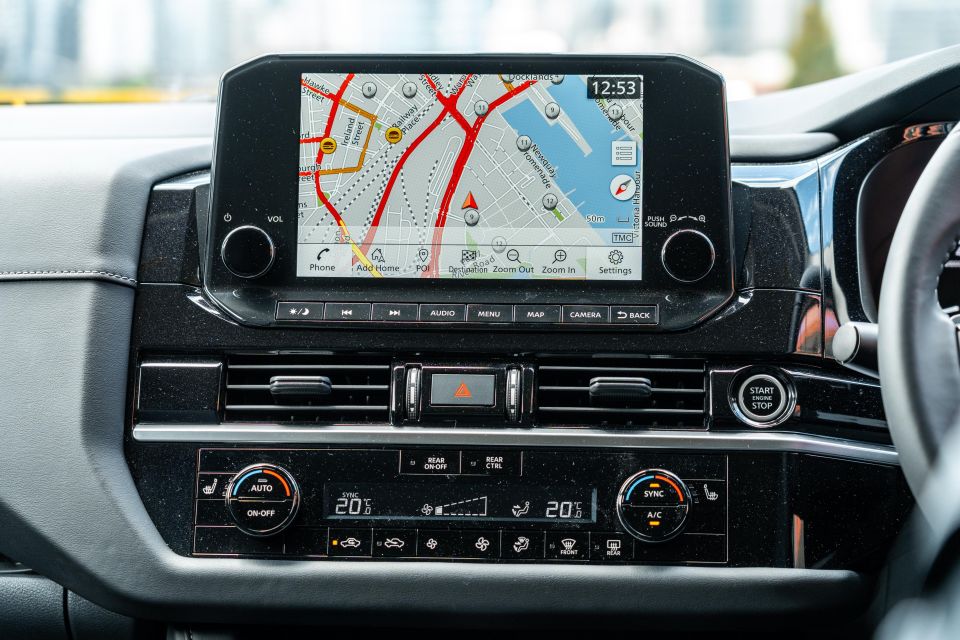


For those curious, the Ti-L grade picks up some really nice extras such as middle-row captain’s chairs (x2), a digital rear-view mirror/camera, and a panoramic sunroof.
It also gets the slick 12.3-inch digital instrument cluster which we’d love to see in the Ti.

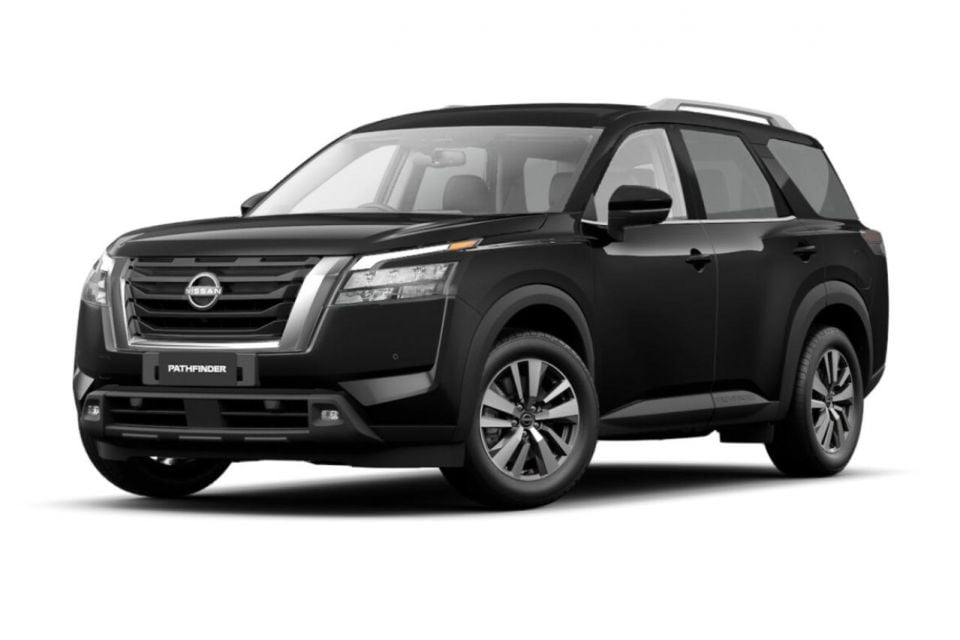
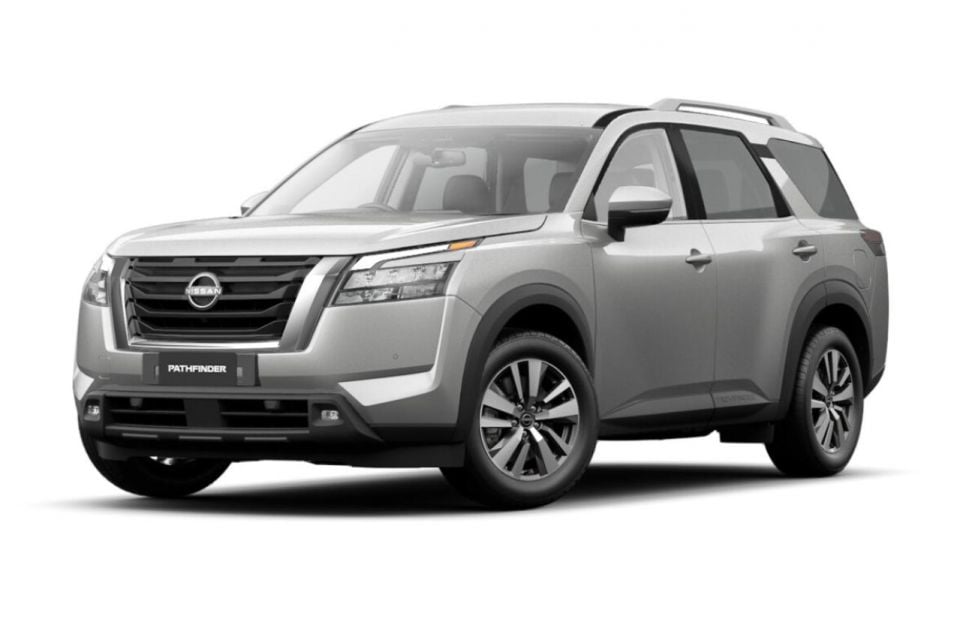
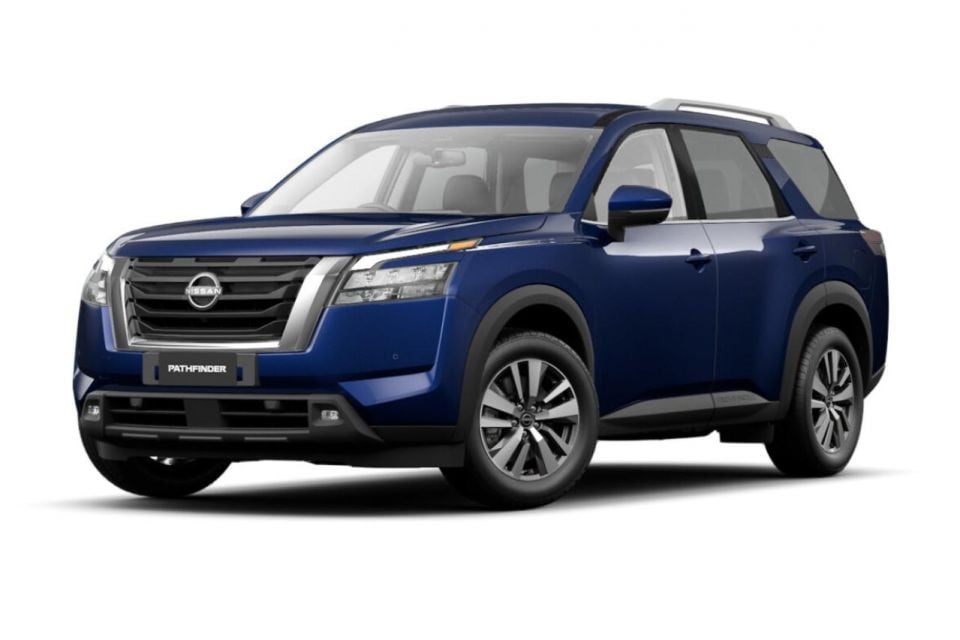
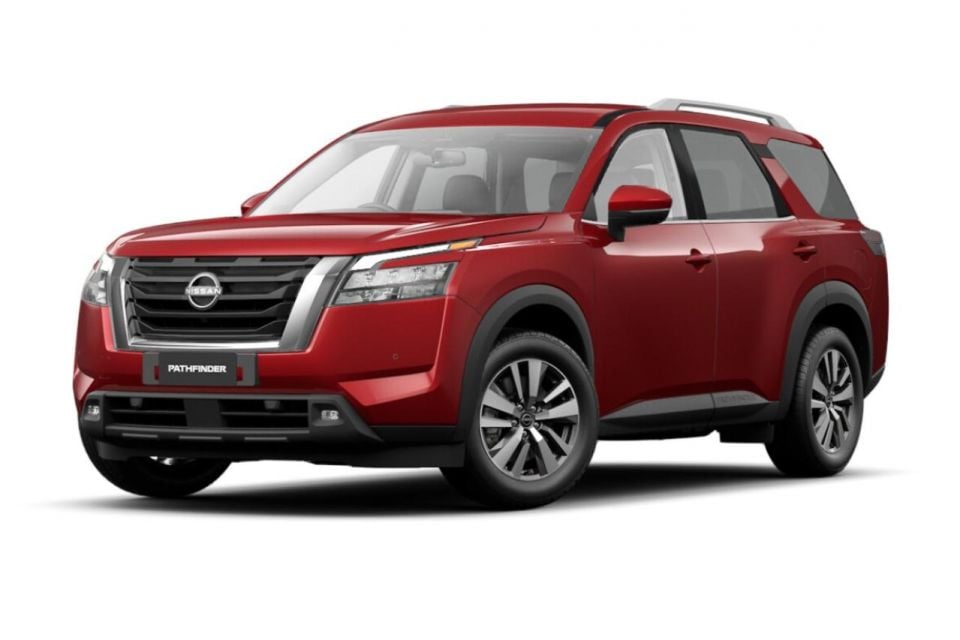
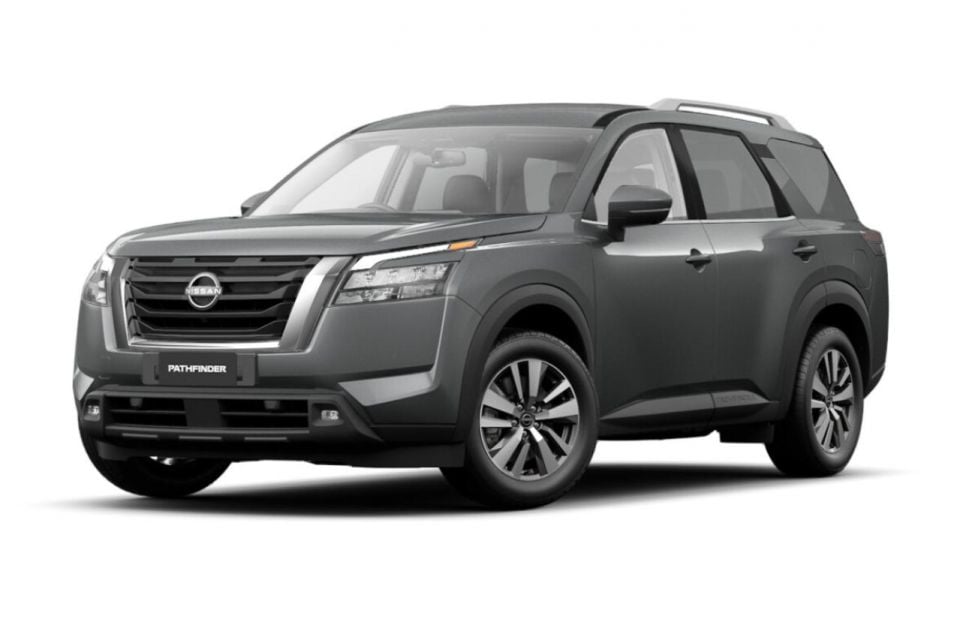
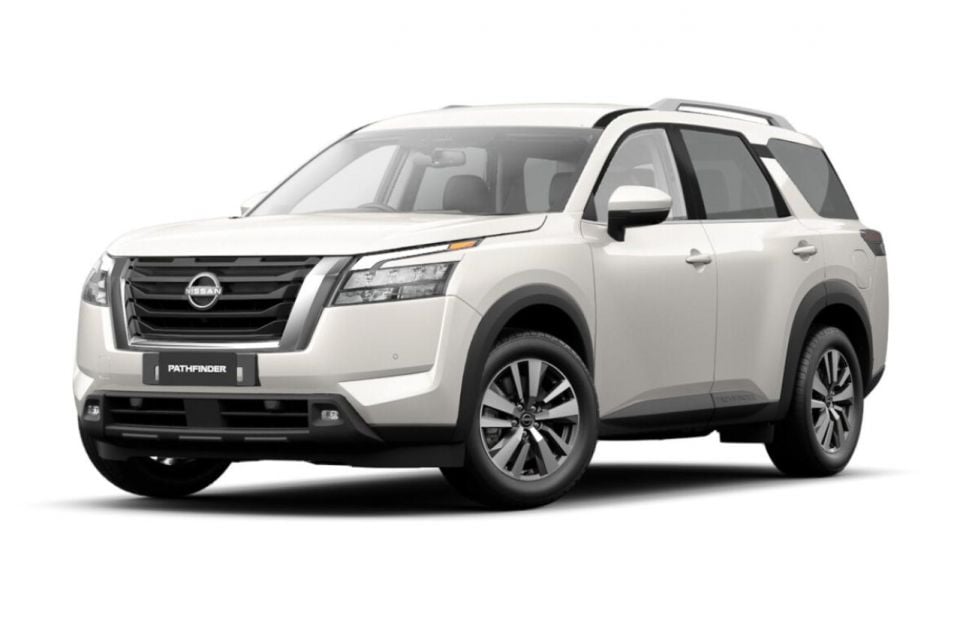
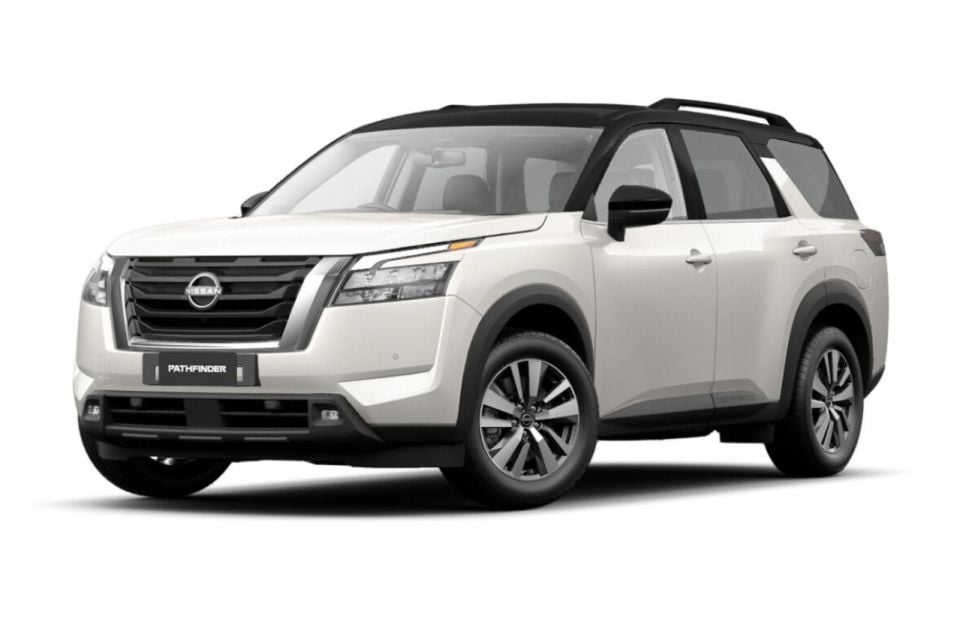
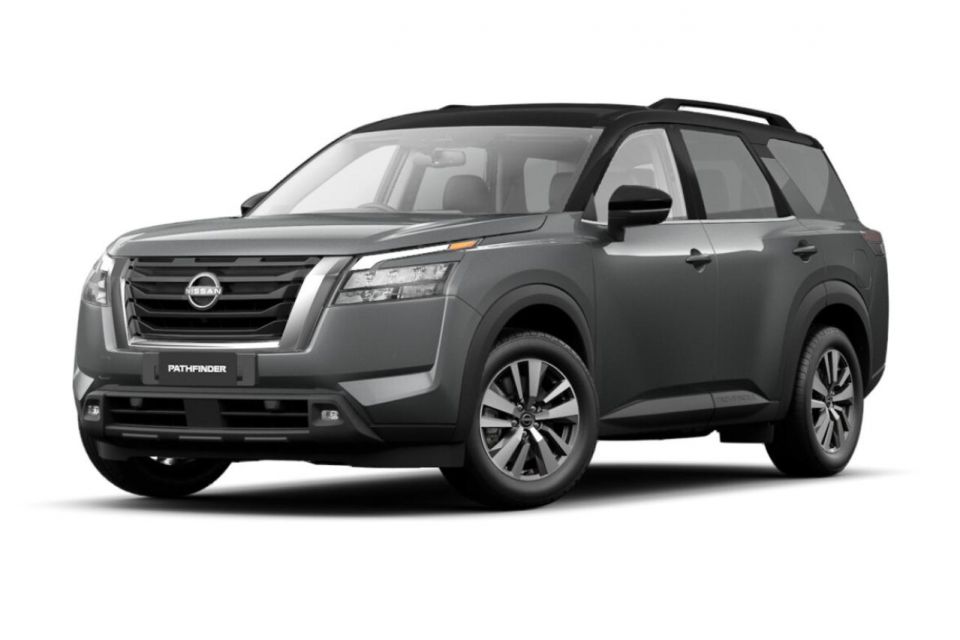
The Pathfinder carries a five-star safety rating from Australian crash tester ANCAP against 2020-2022 protocols.
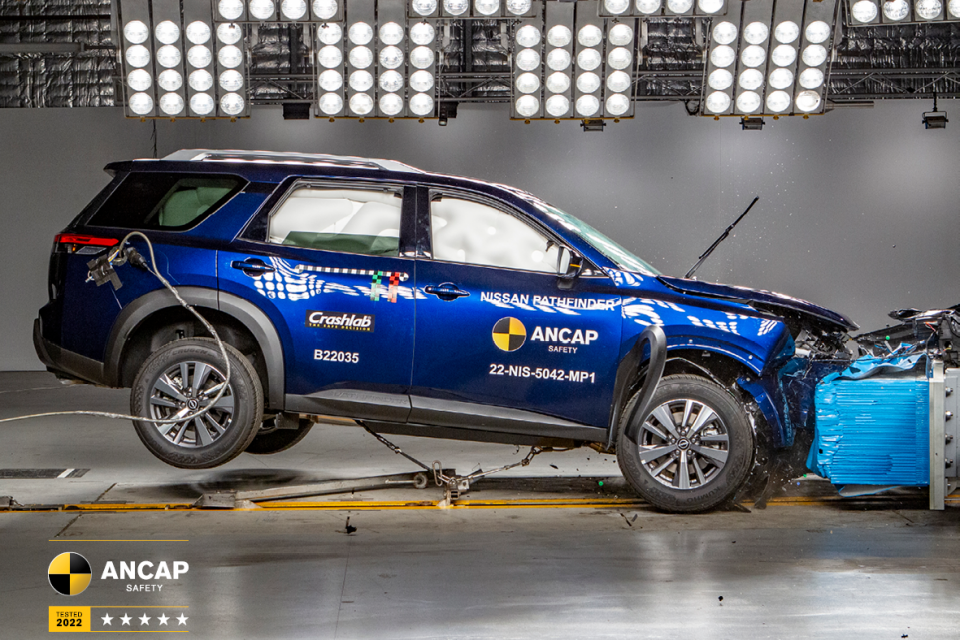
It received an adult occupant protection score of 86 per cent, child occupant protection score of 93 per cent, vulnerable road user protection score of 78 per cent, and safety assist score of 85 per cent.
Standard safety features include:
Nissan backs its cars with a five-year, unlimited-kilometre warranty.
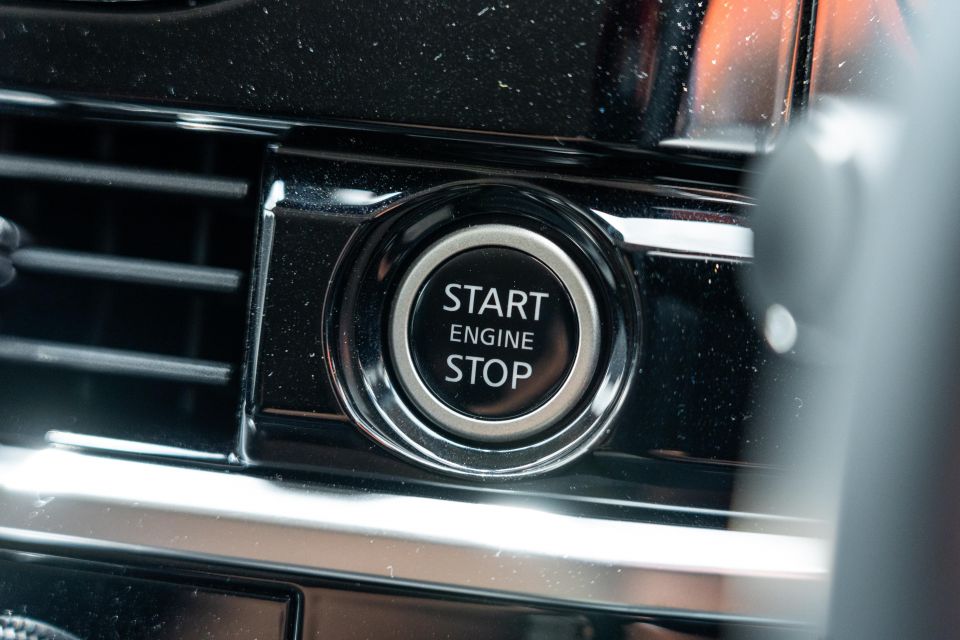
Service intervals are 12 months or 15,000 kilometres – whichever comes first.
Pathfinder 4WD service pricing:
Talk about a big improvement.

This new Pathfinder looks fantastic, and offers a highly practical interior. Its V6 engine also promises decent towing and the all-wheel drive system enables you to plot some light-duty soft-roading adventures.
That being said it lacks the fuel-sipping hybrid of a Toyota Kluger or the diesel of a Hyundai Palisade, and the fact its centre touchscreen is worse than what you can get in the smaller and cheaper Qashqai and X-Trail is disappointing.
Would we recommend one? I think there’s a solid argument for recommending the Palisade with its better displays and second engine choice – although you cannot get the Hyundai with a petrol engine and all-wheel drive, giving the Nissan an added selling point.
What we can say, confidently, is any prospective large family SUV buyer should have the Pathfinder on their shortlist, which is not something we’ve said for years now.
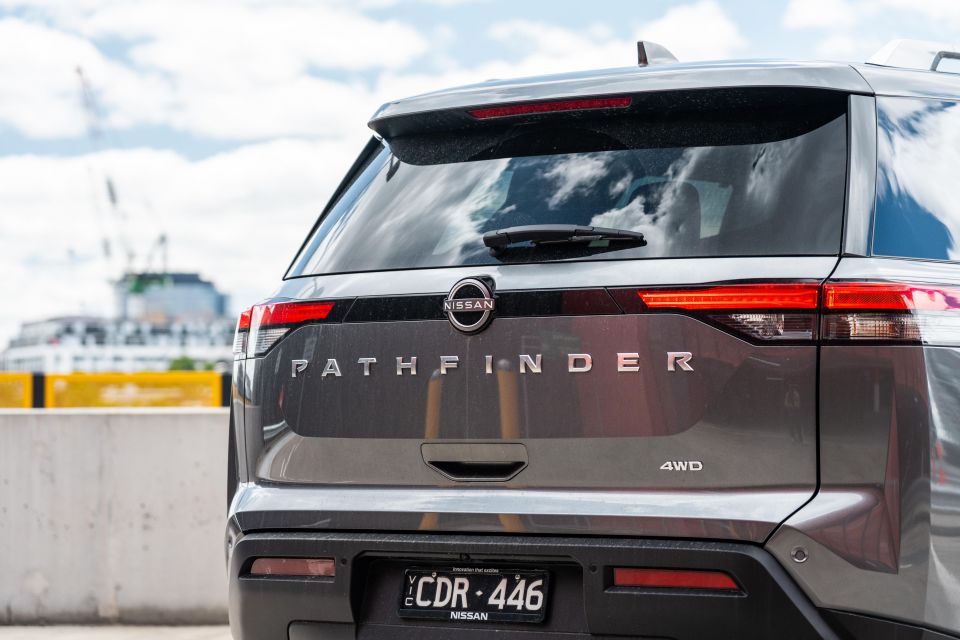
Click an image to view the full gallery.
Where expert car reviews meet expert car buying – CarExpert gives you trusted advice, personalised service and real savings on your next new car.


Josh Nevett
3 Days Ago


CarExpert.com.au
4 Days Ago


Damion Smy
6 Days Ago


Derek Fung
6 Days Ago


Ben Zachariah
9 Days Ago
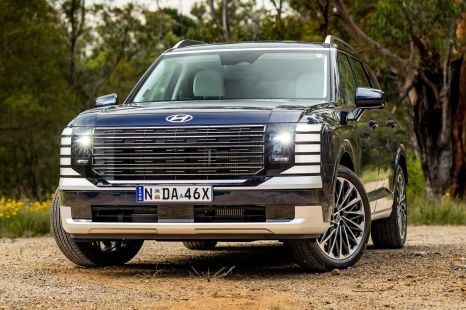

Matt Campbell
12 Days Ago